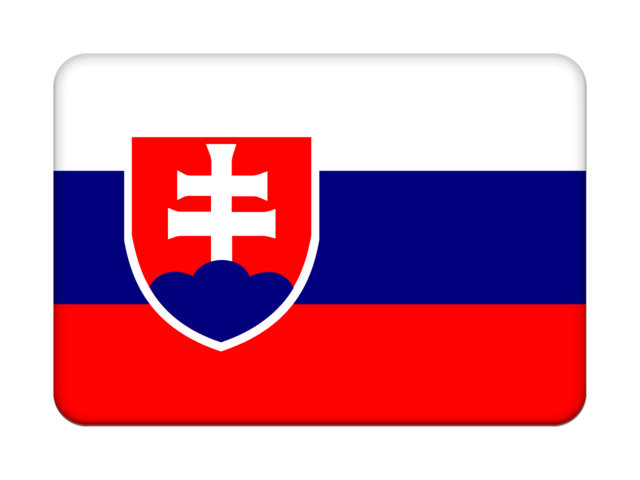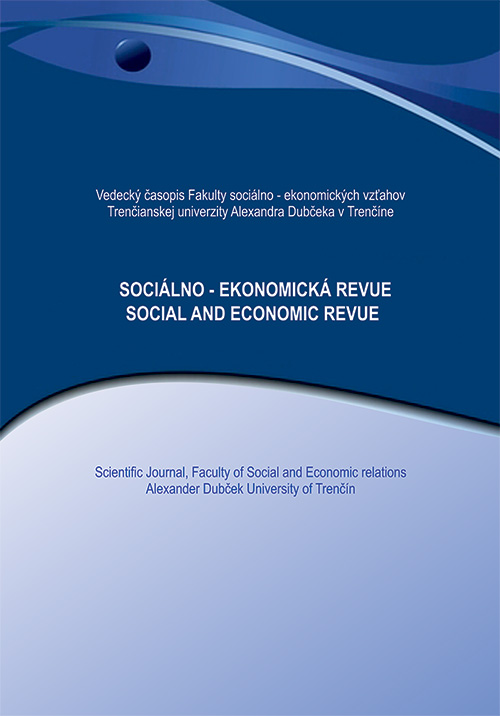INCENTIVE METHODS OF REGULATION IN NETWORK INDUSTRIES
Incentive methods of regulation provide appropriate incentives for regulated monopolies that provide them with return on the investments and protect all consumers from unwarranted increases of energy prices. Consumer protection has become one of the main policy objectives in Europe. This paper aims to characterize regulation in energy sector in EU. Most of European countries use two basis incentive methods of regulation: price cap and revenue cap, which set maximum of price or maximum of revenues for provided goods or services. These two methods are stimulated method. Price cap sets the price according to price cap index, which reflects the rate of inflation within society and increasing in input prices. This method allows regulated entities to retain profits made when they cut costs and improve efficiency. It is a method that uses a system of incentives - rewards for efficient behavior of monopolies or on the contrary a system of penalties where monopolies do not reduce their costs and do not follow society-wide goals.
Release: 2017/1 Pages: 6-11 JEL classification: G31, G38, G33
DOI:
Keywords: regulation, incentive regulation method, price cap, revenue cap, energy sector, provided goods and services
Section: ECONOMICS AND ECONOMY
Contacts:
Ing. Alena Bašová, PhD
Katedra financií, Národohospodárska fakulta
Ekonomická univerzita Bratislava
Dolnozemská 1
852 35 Bratislava
e-mail: alenkabaso@gmail.com
Literature:
Acton,J. P., Vogelsang, I. (1989). Introduction to the symposium in price - cap regulation. Journal of economic, 20, 1989, p. 369-372.
Allen, D. W. (1991). What are TransactionCosts? Research in Law and Economics. 1991, no. 14, str. 1-18
Fürstová, J. (1996). Regulace a regulátoři, Finance a úvěr, 46, 1996, č.6, s.323-334.
Hvizdoš. L. (2016). Regulácia prirodzených monopolov v krajinách V4. Available at: http://www.spnz.sk/Casopis/08_03%5C08_03_08.pdf
Laffont, J. (2000). Incentives and the Political Economyof Regulation, 1st edition. Oxford: Oxford University Press, 2000, ISBN-978-0-19-829424-5.)
Olson, M. (1965). The Logicof Collective Action, 1st Edition, Cambridge, Harward University Press, 1965, ISBN-0674-53751-3
Peltzman, S. (1989). The Economic Theory of Regulation after a Decade of Regulation, Brookings Papers on Economic Activity: Microeconomics, 1989, no. 1, str. 1-41
Stigler.G.J. (1991). The Theory of economic regulation. Journal of Economics and Management Science, no. 2.p. .3-21
Baldvin,R., Scoot,C., Hood.C. (1998). A Reader of Regulation. 1st edition.Oxford: Oxford University Press
Smernica č. 2003/55/ ES o spoločných pravidlách pre vnútorný trh so zemným plynom. Dostupné na: http://sk.vlex.com/vid/smernica-pravidlach-trh-plynom-uje-63620921
12.www.rokovania.sk/.../721ECCDDECD41BEFC12574CC003BE5EC
http://www.spnz.sk/Casopis/08_03%5C08_03_08.pdf
Žák, M. (2003). Politické riziko transformujícic se ekonomik ve srovnání s EU. In. Kadeřábková,A., Spěváček,V., Žák, M.: Rúst, stabilita a konkurenceschopnost: aktuální české ekonomiky na cestě do EU., Praha 2003.s.50-69.ISBN 80-86131-49-1


